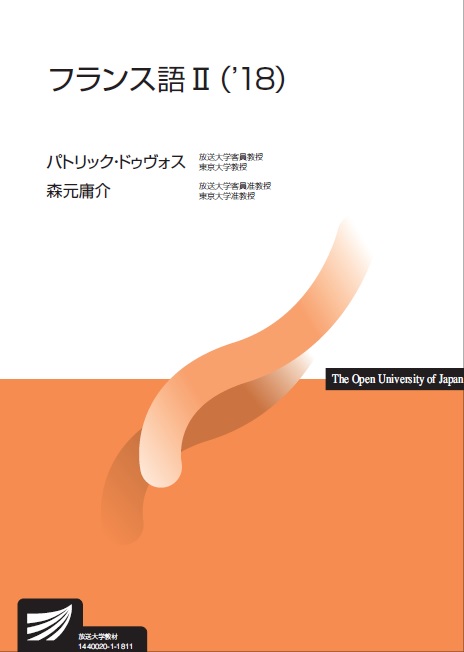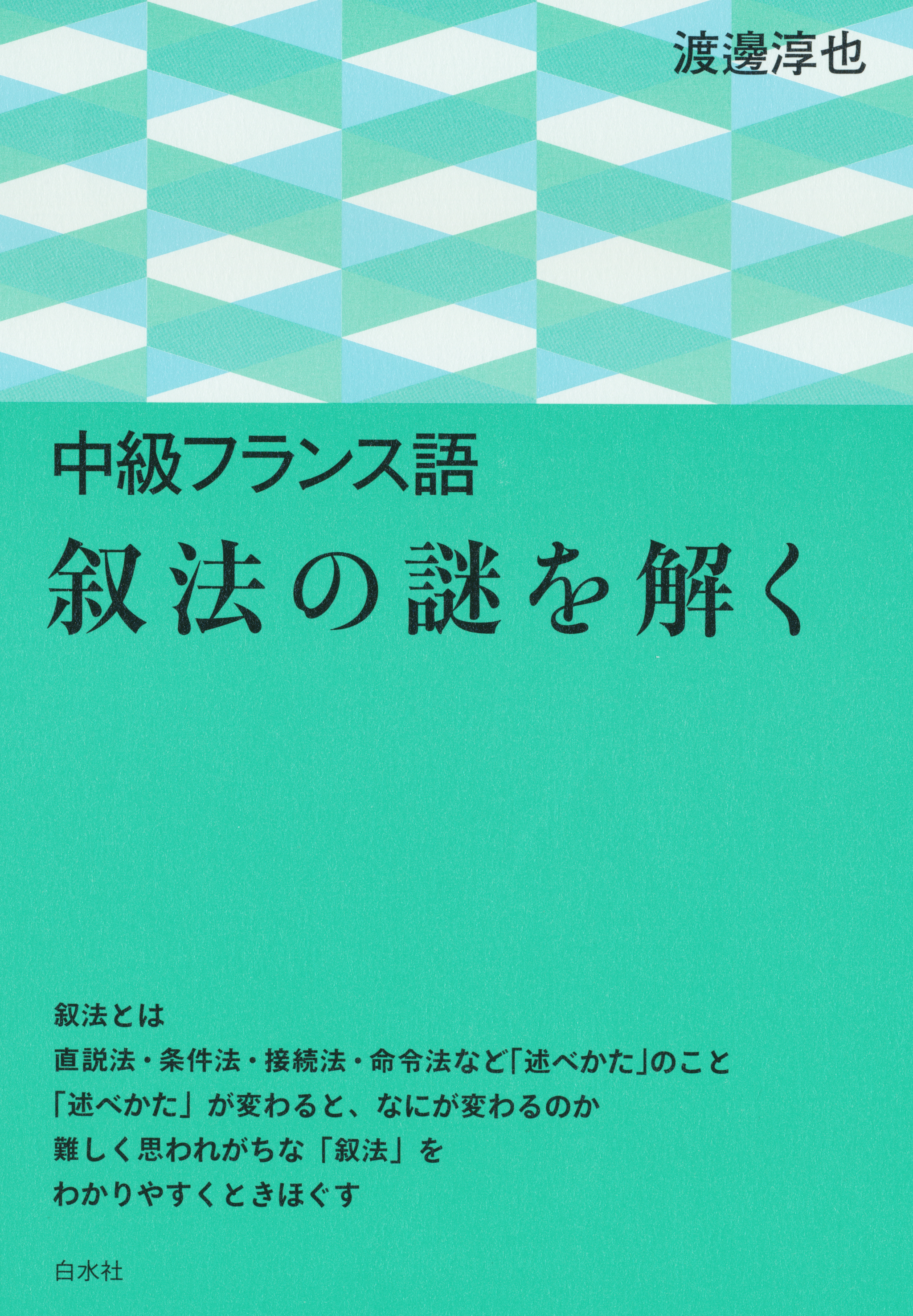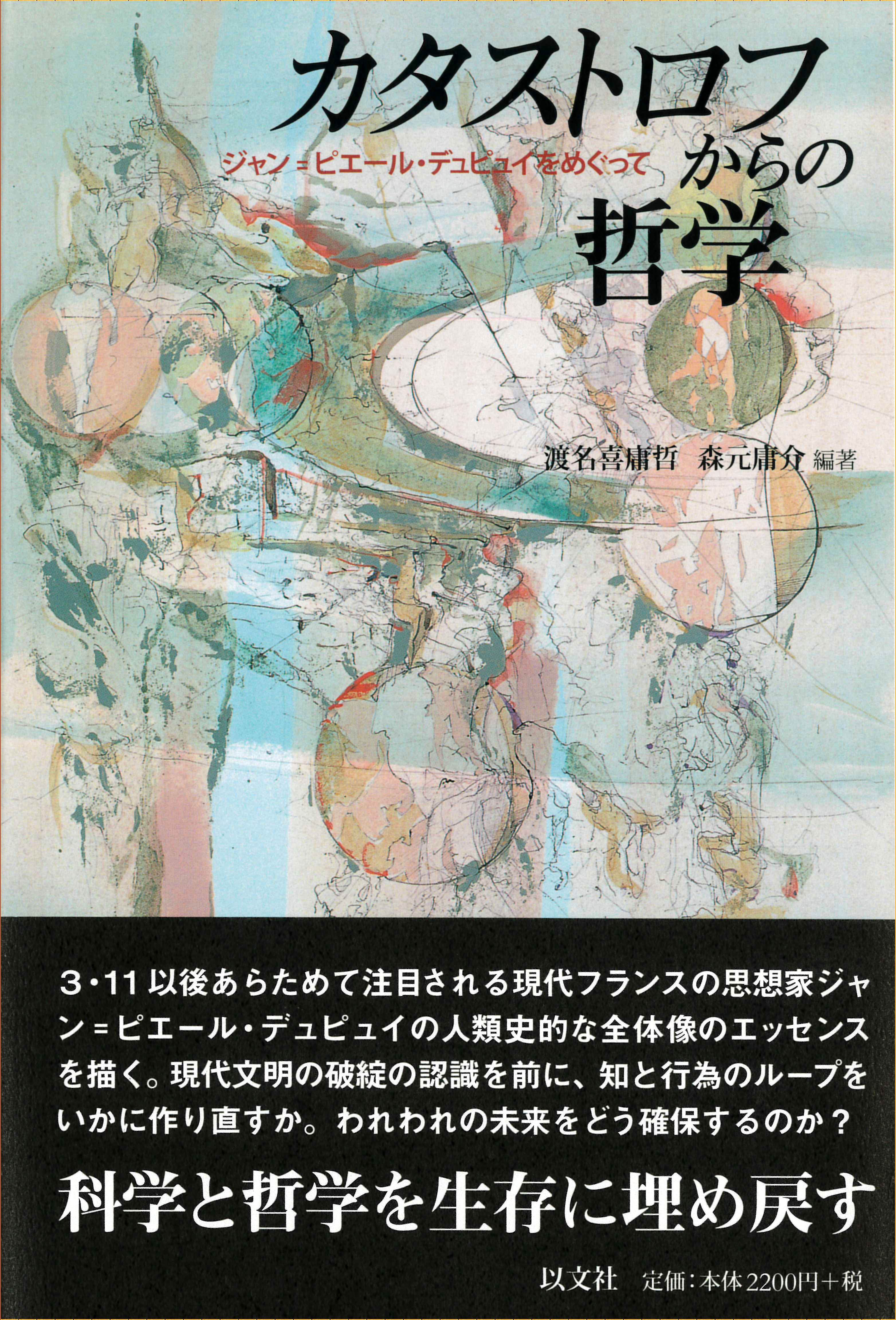
Title
Furansugo II (’18) (French langage II)
Size
268 pages, A5 format
Language
Japanese, French
Released
2018
ISBN
978-4-595-31907-5
Published by
Foundation for the Promotion of The Open University of Japan
Book Info
See Book Availability at Library
Japanese Page
French II (’18), a collaborative work by Patrick De Vos and Yosuke Morimoto, is a set of printed instructional materials created for intermediate French classes broadcast on the radio by Hoso University. Essentially, in terms of its overall structure and the way it teaches grammar, it was conceived of as a continuation of the basic level text French I (’18), which was created for a Hoso University television broadcast. Thus, in terms of its content, the purpose of French II (’18) is to follow up on French I (’18), providing an overall grasp of the workings of the French language and completing students’ knowledge of foundational grammar and basic vocabulary.
To begin with, a disclaimer is necessary: since this book is not accompanied by a CD, it is somewhat difficult, though not impossible, to use these materials without referring to broadcast classes offering proper guidance on pronunciation and practice, reading comprehension, grammar explanations, and so on.
The following topics of grammar are covered through the fifteen lessons. Lessons 1-4 cover how to use indicative compound past and imperfect past tenses as well as the basic differences between them. Lessons 5-6 cover direct object and indirect object pronouns; Lesson 7 covers pronominal verbs; Lessons 8-9 cover basic relative pronouns; Lesson 10 covers future tense; Lesson 11 covers neutral pronouns; Lessons 12-13 cover the conditional mood and subjunctive mood; Lesson 14 covers the present participle and gerunds, and finally, Lesson 15 covers the indicative past perfect; the explanation of grammar proceeds in this manner. Each lesson consists of five sections. First, in the Dialogue section that features simple dialogues, students encounter different variations on the lesson’s grammar through lively conversations. The second section consists of an explanation of the lesson’s grammar with the addition of new example sentences. Next, the third section, Lecture, features lectures on various written texts (journalism-related texts, letters, etc.) that differ from the oral language in the Dialogue section, allowing students to see the same grammar in a new context with new content. After students have gained a deeper understanding of the grammar, they are invited to practice it in various ways in the fourth section, À Vous! The fifth and final section, Récréation, puts to use the grammar students have practiced in a lighthearted manner that fits the section’s name, using chansons, poems, proverbs, colloquialisms, and unexpected etymologies of French words related to the Dialogue and Lecture sections students have read previously, giving them a sense of the sound, rhythm, and perhaps even the spirit of French. Following each lesson’s Dialogue section is an explanation of vocabulary and a full translation. Additionally, full translations of Lecture sections, answers to practice problems, and explanations of Récréation sections are found at the end of the volume.
Since languages are always associated with semantic content, in these materials we have consistently worked to avoid conventional images of France, instead providing glimpses of little-known aspects of French culture and diverse facets of the Francophone world both obvious and hidden. For instance, on the topic of art, we have featured art brut and frescos seen on the street, as well as the Festival des Jardins de Chaumont-sur-Loire; on the topic of pollution, light and sound pollution; on the topic of literature, stories of a fictional author and the lineage of authors who refuse prizes; on the topic of Japan in the eyes of the French, manga and haiku written by soldiers in trenches during the First World War; and on the topic of wine, vineyards in cities. We have given preference to somewhat offbeat subjects like these to pique students’ curiosity.
(Written by De Vos Patrick, Professor, Graduate School of Arts and Sciences / 2019)



 Find a book
Find a book



